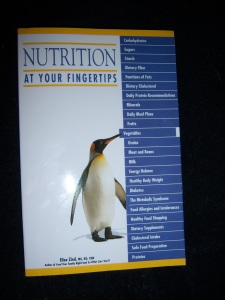How seniors can use pilates for improved fitness and health — guest post by Melissa Cameron
It is no surprise that aging often brings on additional aches and pains. While you know that exercise is essential in fighting these concerns, going to a gym is not always a preferred option. In fact, many seniors can’t even stand the thought of joining a fitness club because if they did want to go workout, no one wants to listen to that loud obnoxious music blasting! It’s enough to drive you insane! So, where does that leave you? Sure, you probably go for your daily walk but you need some sort of strength training to increase bone density to reduce your risk of osteoporosis.
Pilates for Osteoporosis?
You may be surprised to learn how an exercise program that seems so simple can help with osteoporosis but it is proven to be one of the most effective things you can do for prevention. Osteoporosis occurs when your bones weaken, leaving you more susceptible to injuries. Pilates uses your body’s resistance which is all that you need to build muscle, reduce bone loss, improve posture and increase flexibility.
Getting Started
Pilates has a way of making you much more aware of the food choices that you make. If you want to eat healthy but maybe you’re just confused how or really don’t have the time to spend fussing over decisions, Medifast coupons codes can be used to get you on a healthy diet plan where you will be eating delicious food five to six times per day. This will also help feed your muscles so they are healthier and keep your metabolism revved up since it also tends to naturally slow with age.
You can do Pilates in your home using DVDs or Exercise TV however; it is recommended to go to a class, especially when you are starting out so a professional can help you learn correct technique. Proper alignment and breathing are essential components in Pilates.
Senior Pilates classes are available at nearly every studio and they are typically kept small so the instructor can really give a lot of personal attention and be available to help with balance until you are stronger. If you are uncomfortable in a class, Pilates studios offer private and semi-private sessions as well. Lastly, make a point to have a session on the Reformer from time to time to really lengthen and strengthen your body and focus on your core. When your abdominal muscles and back are strong, you reduce your risk for a long list of health concerns and you feel better.
About the Author
Melissa Cameron is 33, married and has 2 children. She loves digital photography and spending time with her family and has recently found a new passion in Pilates. Her mother came to her and asked, how does Nutrisystem weight loss plan work?”, because she knew Melissa was really happy with her results on the program so she enrolled in it as well. Melissa took her mother to her Pilates studio to see how she would enjoy it and her mother is now a huge fan and says she feels 20 years younger!
